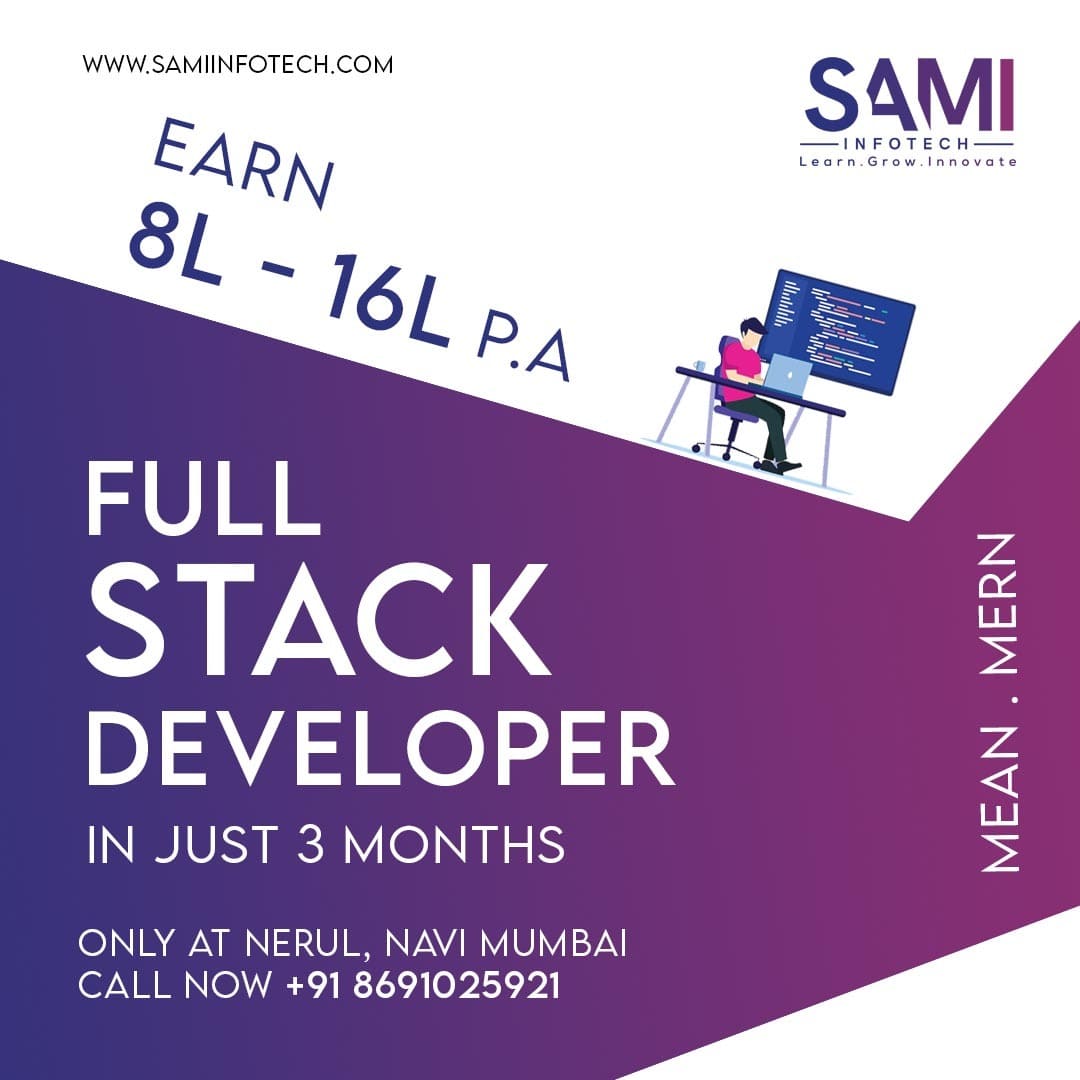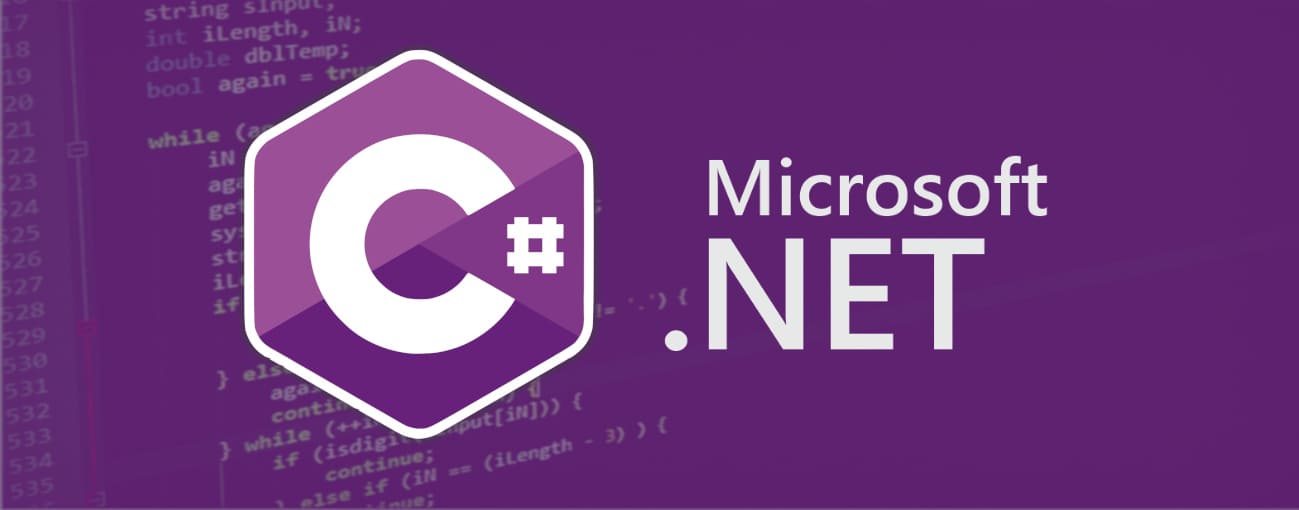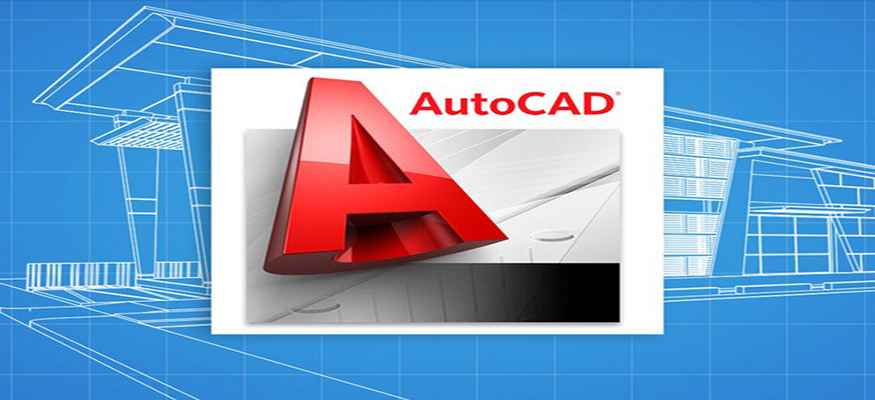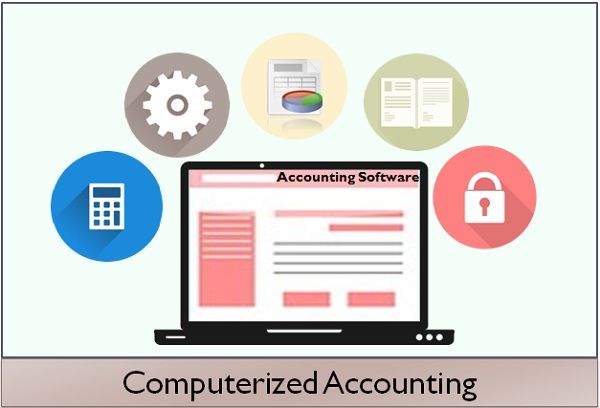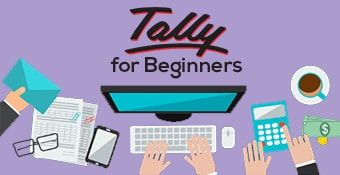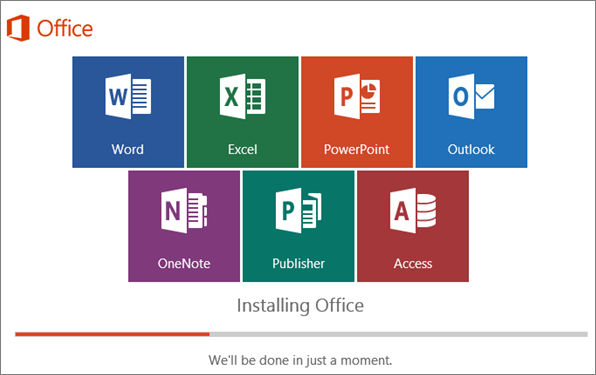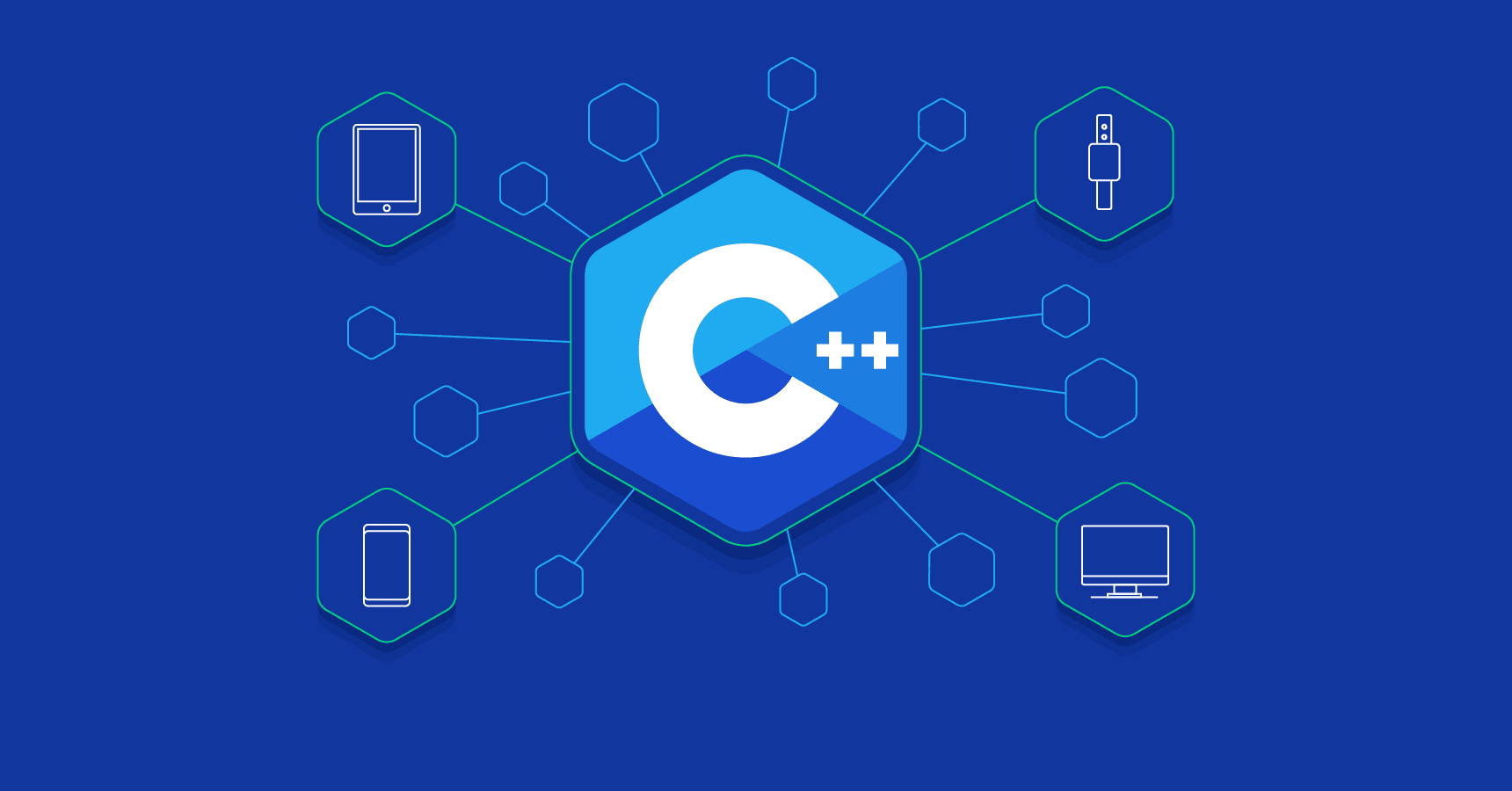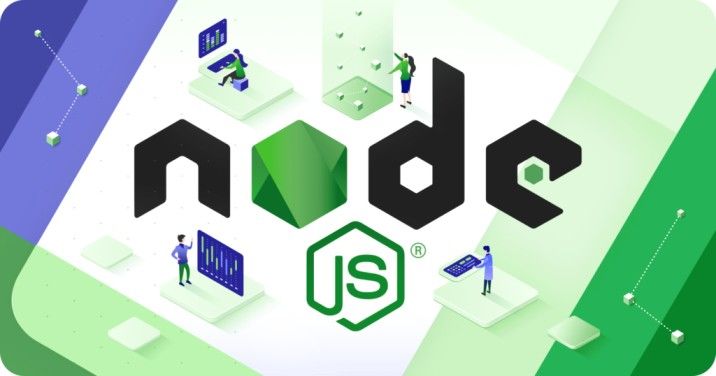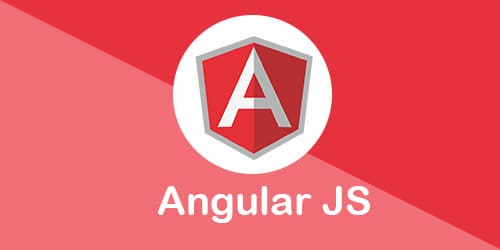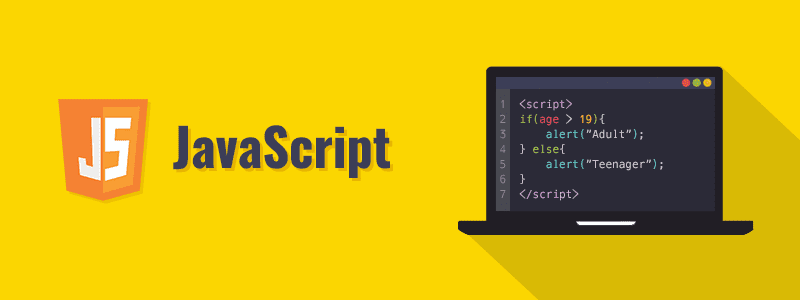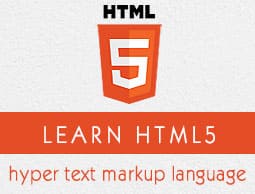Full-Stack Development Course
Ready to become a versatile and in-demand full-stack developer? Sami Infotech’s comprehensive full-stack development course is for you. Our state-of-the-art program is designed to equip you with the skills and expertise you need to succeed in the dynamic world of web development.
In this course Sami Infotech will be introduced you to the fascinating world of graphic designing. You will learn about the different design principles, color theories, typography, and how to use the various design tools to create visually stunning Full stack developer in Navi Mumbai.
Will provide you with the necessary skills to create stunning designs that will leave a lasting impression. Whether it’s for personal use, freelancing, or for a specific job, our course will give you the tools you need to be successful in your career. At the end of the course, you will be able to:
Full stack developer courses offer comprehensive training in both front-end and back-end development.
These courses cover programming languages, frameworks, databases, and other tools essential for building complete web applications.
Students learn to work with HTML, CSS, JavaScript, along with server-side languages like Python,or Node.js.
Create designs for print media such as brochures and flyers.
Start your journey now and join our Full Stack developer course in Navi Mumbai. Let’s create something amazing together!
Job Oriented Modules Covered in Full stack development course
Curriculum
HTML
Module 1: Introduction to HTML
- Understanding HTML
- Introduction to Hypertext Markup Language (HTML)
- History and importance of HTML in web development)
- Basic structure of an HTML document
Module 2: HTML Elements and Tags
- Overview of HTML elements and tags
- Understanding nested elements and their hierarchy
Module 3: Text formatting
- Using text formatting tags
- Creating headings, paragraphs, and line breaks
Module 4: Lists
- Orderlist,UnderorderList, List Items,Nested lists.
Module 5: Hyperlinks and Images
- Hyperlinks
- Images
- Linking Imges
- Images maps
Module 6: Table and forms
- Creating Tables in HTML
- Adding table captions, headers, and footers
Module 7: HTML Forms
- Introduction to HTML forms and their components
- Creating form elements text inputs, checkboxes, radio buttons, select dropdowns, textareas, etc.
Module 8: Semantic HTML Elements
- Understanding semantic HTML and its importance.
Module 9: Multimedia Embedding
- Embedding multimedia content audio / video
CSS
Module 1: Introduction to CSS
- what is CSS
- History of CSS
- Basic Structure
- how to apply CSS
- types of CSS
Module 2: CSS Selectors and Properties
- Element Selector
- class selectors
- ID selectors,attribute selector
- Color Properties
- Box Model Properties,Layout Properties
Module 3: Box Model and Layout
- Box model:-Padding,Border,Margin
- Layout:Normal Flow,Floats,Flexbox,Grid,Positioning,Responsive Design
Module 4: Layout Techniques with CSS
- float,flexbox,Grid
- positioning
- Responsive design
- CSS columns
Module 5: Positioning and Display
- positioning:static,relative,absoulte,sticky ,fixed
- Display: block,inline,inline-block,none,flex,grid,tableImages
Module 6: CSS Transitions
- Transition Properties
- Transition Shorthand
- Transition Events
- Transition Examples
Module 7: CSS animations
- Keyframes
- Animation Properties
- Animation Shorthand
- Animation Examples
- Animation Events
Module 8: project work
- project work and revision
Bootstrap
Module 1: Introduction to Bootstrap
- Introduction to Bootstrap framework
- History and importance of Bootstrap in web development
- Installing Bootstrap
- Creating a basic Bootstrap project structure
Module 2: Bootstrap Grid System
- Understanding the Grid System
- Introduction to the Bootstrap grid system
- Grid classes: container, row, column
Module 3: Grid Layout Examples
- Creating responsive layouts with grid classes
- Understanding grid breakpoints and responsive design
Module 4: Typography in Bootstrap
- Using Bootstrap typography classes for text formatting
- Applying headings, paragraphs, and inline text styles
- Responsive design
- CSS columns
Module 5: Using Utility Classes
- Applying utility classes for quick styling Margin
- Padding, text alignment, text transformation, etc.
Module 6: Bootstrap Buttons and Forms
- Creating and styling buttons with Bootstrap Button sizes styles, and states.
- Building forms with Bootstrap form controls Form layouts, input groups, validation states
Module 7: Bootstrap Navigation Components
- Creating responsive navigation bars with Bootstrap Navbar
- Customizing navbar appearance and behavior
Module 8: Tabs, Pills, and Breadcrumbs
- Using Bootstrap tabs, pills, and breadcrumbs for navigation Styling
- Customizing navigation components
SQL
Module 1: Introduction to Databases and SQL
- Introduction to databases and their importance Overview of relational databases and SQL
- What is SQL (Structured Query Language)?History and evolution of SQL
Module 2: Basic SQL Queries
- Retrieving Data with SELECT Statement
- Syntax of the SELECT statement
- Retrieving data from a single table
Module 3: Grid Layout Examples
- Creating responsive layouts with grid classes
- Understanding grid breakpoints and responsive design
Module 4: Filtering Data with WHERE Clause
- Filtering rows using WHERE clause
- Using comparison operators and logical operators
Module 5: Sorting and Filtering Data
- Sorting Data with ORDER BY Clause
- Sorting query results using ORDER BY clause.
- Sorting by single or multiple columns.
Module 6: Filtering Data with DISTINCT and LIMIT
- Using DISTINCT to remove duplicate rows
- Limiting the number of rows returned with LIMIT clause
Module 7: Aggregating Data
- Aggregate Functions: SUM, AVG, COUNT, MIN, MAX
- Introduction to aggregate functions
- Calculating total, average, count, minimum, and maximum values
Module 8: Working with Multiple Tables
- Introduction to Joins
- Understanding table joins in SQL
- Types of joins: INNER JOIN, LEFT JOIN, RIGHT JOIN, FULL JOIN
Module 9: Subqueries
- Understanding subqueries and their syntax
Module 10: Set Operations Inserting Data with INSERT Statement
- UNION, INTERSECT, EXCEPT
- Inserting new rows into a table using INSERT statement
- Specifying column names and values in INSERT statement
Module 11: Views, Indexes
- Creating and Managing Views
- Creating views to simplify complex queries
- Managing and modifying views in SQL
Module 12: Implementing Data Integrity with Constraints
- Defining constraints: NOT NULL, UNIQUE, PRIMARY KEY, FOREIGN KEY
- Enforcing data integrity rules with constraints
Module 13: Transactions and Concurrency Control
- Introduction to Transactions
- Understanding transactions and their properties: ACID Beginning, committing, and rolling back transactions
React JS
Module 1: Introduction to React and Basic Concepts
- Overview of React
- Introduction to React library.
- Virtual DOM and React's rendering process
- Installing Node.js and npm
- Creating a new React project with Create React App
Module 2: Understanding JSX
- Introduction to JSX syntax
- JSX expressions and embedding JavaScript within JSX
Module 3: Working with React Components
- Creating functional and class components
- Passing props to components and rendering dynamic content
Module 4: Managing State in React
- Understanding component state and its importance
- Setting and updating state using setState()
Module 5: Overview of component lifecycle phases
- Overview of component lifecycle phases
Module 6: Handling Events in React
- Binding event handlers and passing parameters
- Event handling best practices in React
Module 7: React Hooks
- Understanding React Hooks and their benefits
- Using useState and useEffect hooks
- Calculating total, average, count, minimum, and maximum values
Module 8: Additional Hooks
- Exploring other built-in hooks: useContext, useRef
Module 9: Introduction to Context API
- Overview of React Context API for global state management
- Creating context providers and consumers
Module 10: State Management with Redux
- Understanding Redux and its principles
- Implementing Redux in a React application with actions, reducers, and the store
Node.js
Module1 : Introduction to Node.js
- Introduction to Node.js and its features
- Understanding asynchronous, event-driven architecture
- Installing Node.js and npm
- Setting up a Node.js project structure
Module 2: Node.js Modules System
- Introduction to CommonJS module system
- Creating and exporting modules in Node.js
Module 3: Using Built-in Modules
- Exploring built-in modules like fs, http, path, etc.
- Understanding how to use modules in Node.js
Module 4: Understanding Asynchronous Programming
- Basics of asynchronous programming in Node.js
- Working with callbacks to handle asynchronous operations
Module 5: Callback Hell and Error Handling
- Identifying and resolving callback hell
- Handling errors in asynchronous code with callbacks
Module 6: Introduction to Promises
- Understanding promises and their syntax
- Chaining promises for sequential operations
Module 7: Using Async/Await
- Introduction to async/await syntax for handling asynchronous operations
- Writing asynchronous code using async functions
Module 8: Working with Files and Directories
- Reading and writing files using fs module
- Performing file system operations like creating, renaming, deleting directories
Module 9: Building HTTP Server with http module
- Creating a basic HTTP server using Node.js http module
- Handling HTTP requests and responses
JQuery
Module1 : Introduction to jQuery
- Overview of jQuery Why use jQuery?
- Setting up jQuery environment Selectors and Actions
Module 2: DOM Manipulation with jQuery
- Accessing DOM elements
- Modifying DOM elements
- Adding and removing elements
Module 3: Handling Events with jQuery
- Event binding and delegation
- Common events: click, hover, submit, etc.
- Event object and event handling
Module 4: jQuery Effects
- Show, hide, toggle
- Fading effects
- Sliding effects
Module 5: Introduction to jQuery Plugins
- What are jQuery plugins?
- Popular jQuery plugins
- Installing and using jQuery plugins
Module 6: Creating Custom jQuery Plugins
- Understanding plugin structure
- Writing a simple jQuery plugin
- Best practices for plugin development
JavaScript
Module1 : Introduction to JavaScript
- Overview of JavaScript Why use JavaScript ?
- History and Evolution
- Use cases and importance
Module 2: Basic Syntax and Data Types
- Variables and Constants
- Data Types (String, Number, Boolean, Null, Undefined) Operators
Module 3: Conditional Statements
- Control Flow
- Conditional Statements (if, else if, else)
- Switch Statement
Module 4: Loops
- for, while, do-while
Module 5: Function
- Declaring Functions
- Parameters and Arguments
- Return Statement
Module 7: Array
- Creating Arrays
- Accessing Array Elements
- Array Methods (push, pop, shift, unshift, etc.)
Module 8: Objects
- Creating Objects
- Accessing Object Properties
- Object Methods
Module 9: Scopes
- Scope and Closures
- Global vs Local Scope
- Lexical Scope
Module 10: DOM
- DOM Manipulation
- Introduction to the Document Object Model (DOM)
- Accessing DOM Elements
- Manipulating DOM Elements
Module 11: Event and Event Handling
- Event Handling
- Event Types (click, mouseover, submit, etc.)
- Event Propagation
Module 12: Form validation
- Client-Side Validation: HTML5 Form Validation
- Custom Validation Functions Validation
- Messages Real-Time Validation eventing Submission
Angular
Module1 : Introduction to Angular Js
- Introduction to Angular framework
- Key features and benefits of Angular
- Setting Up Angular Development Environment
- Installing Angular CLI
- Creating a new Angular project
Module 2: Understanding Angular Components
- What are Angular components?
- Creating and bootstrapping components
Module 3: Conditional Statements
- Using interpolation and property binding
- Event binding and two-way data binding
Module 4: Introduction to Angular Directives
- Understanding built-in directives: ngIf, ngFor, ngSwitch
- Creating custom directives
Module 5: Using Angular Pipes
- Overview of built-in pipes: date, uppercase, lowercase, currency, etc.
- Creating custom pipes
Module 7: Working with Angular Services
- Introduction to Angular services
- Creating and using services for data sharing and logic separation
Module 8: Dependency Injection in Angular
- Understanding dependency injection and its role in Angular
- Injecting services into components and other services
Module 9: Template-driven Forms
- Creating forms using template-driven approach
- Adding form controls, validation, and submission
Module 10: Reactive Forms
- Introduction to reactive forms and form groups
- Implementing dynamic forms and form validation
Module 11: Introduction to Angular Router
- Setting up Angular router for navigation
- Configuring routes and route parameters






